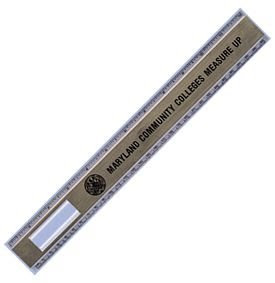Sometimes you may have to do one of the three. It's okay, I have to do this sometimes in order to look like the character.
Tip & Fact:
When you're studing a particular cosplay that you wish and you can't find a similar or any type of pattern that looks like it, then you may have to make one up. It's okay, I know, it sounds scary, but all you have to do is look at the shape of the front and back. Here, I'll give you an example:
(Note: RPG games like Kingdom Hearts and Final Fantasy series also counts as an anime)
 In terms of Gunner Yuna, I can easily find a pair of shorts similar to hers shown here. The only difference is I would have to tweek them just a little. Now, there are no shirts like hers, trust me, I've tried looking and there was no luck. What I would have to do is study her top, determine what shape I would have to create for the front and back, and then use tracing paper to create the pattern. I would have to do the exact same thing with the half skirt as I did the top, make up a pattern. Hood patterns are easy to find, so no worries there.
In terms of Gunner Yuna, I can easily find a pair of shorts similar to hers shown here. The only difference is I would have to tweek them just a little. Now, there are no shirts like hers, trust me, I've tried looking and there was no luck. What I would have to do is study her top, determine what shape I would have to create for the front and back, and then use tracing paper to create the pattern. I would have to do the exact same thing with the half skirt as I did the top, make up a pattern. Hood patterns are easy to find, so no worries there. When you make up a pattern, make sure that you create it big. I mean big big in order for it to fit you when it's done. Always do that with all made up patterns you create. They may be too big, but it's good for it being too big than it being too small and not fitting you properly.
Tip & Fact:
As far as looking for similar patterns, sometimes you may have to alter them in order for it to look like the character. In other words, you'll probably have to "tweek" them. A little tweekness isn't going to hurt the cosplay. In fact, it'll make whatever your destined cosplay more accurate.
DON'T BE AFRAID TO TWEEK YOUR COSPLAY!!!!! This is all a learning experience. If you're afraid to tweek the cosplay, if needed, then your cosplay won't be accurate.
As I got better at sewing my cosplays, I had to tweek some of them and it didn't hurt them at all. It made them a little better than before.
Tip & Fact:
There will be times where you may have to actually combine different pattern pieces just for one part of your cosplay. DON'T PANIC!!!!! I know, it sounds even scarier than making up your own patterns. Don't worry my friend, I'll help ya with this part.
The best way to combine patterns is study what parts are what, as in a night shirt with long sleeves for example, and look for those particular pattern pieces. Now, when you've reach a certain point in creating your cosplay, look at the notches of the pattern piece you wish to combine.
If the notches are the same as the others, then you're good to go. Now, if the notches are not the same, then you may have to improvise a little in order to make it work. There are times where you may have no choice but to force the notches to work for your cosplay.
Well..... this is as far as I can share with you in terms of creating cosplays are concerned. I've pretty much given you my perspective on how to create your cosplays properly. All I can tell you now is everything is a learning experience, practice your sewing as much as you can, and may the Lord Jesus be with you in your days of creating cosplays. Good luck to you my friend.



